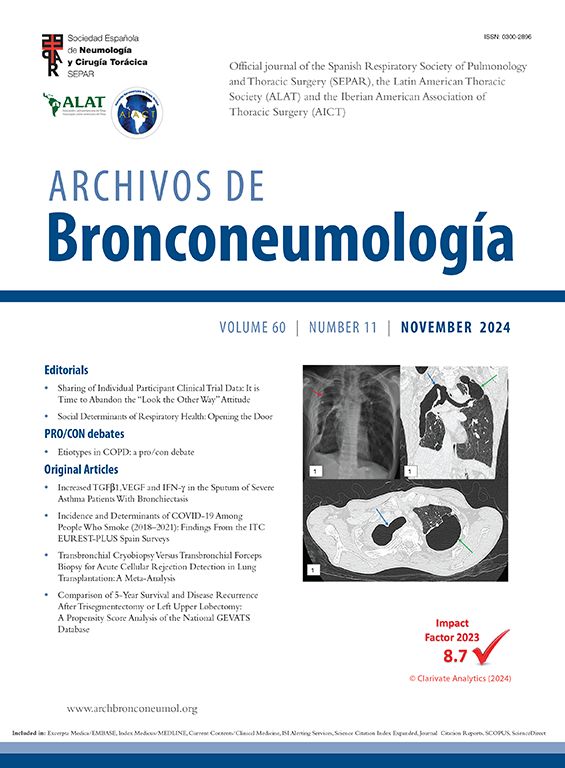TO study the incidence rates and the determinants of smoking cessation in a population-based cohort.
Material and MethodsWe used data from the Cornellà Health Interview Survey Follow-up Study. Subjects who declared they were daily smokers at baseline (1994) and had complete follow-up, with information on smoking status in 2002, entered into analysis. We calculated incidence rates and the relative risks of cessation (with 95% confidence intervals) using the Cox model.
ResultsOut of 353 daily smokers, 100 quit smoking during the follow-up period (cumulative incidence of 28.3%). The incidence rate of cessation was higher among men (42.34 per 1000 person-years) than among women (24.97 per 1000 person-years), with a relative risk of cessation of 1.69 (95% confidence interval, 1.02-2.79) for men. Age and level of education were associated with a higher relative risk of quitting in men.
ConclusionsThe main determinants for smoking cessation are sociodemographic (sex, age, and level of education).
Estudiar la tasa de incidencia del abandono del consumo de tabaco en una cohorte de base poblacional, así como determinar las características asociadas a éste.
Material y MétodosLos datos proceden del Estudio de Seguimiento de la Encuesta de Salud de Cornellà del Llobregat (ES.ESC). Los análisis se restringieron a los fumadores diarios identificados en la entrevista basal (año 1994) y con información completa en la encuesta de seguimiento (2002). Se calcularon las tasas de incidencia de abandono y el riesgo relativo (con su intervalo de confianza) de abandono del consumo de tabaco mediante un modelo de Cox.
ResultadosDe los 353 fumadores diarios, 100 dejaron de fumar durante el período de seguimiento (incidencia acumulada del 28,3%). La tasa de incidencia de abandono fue mayor en los varones (42,34/1.000 personas-año) que en mujeres (24,97/1.000 personas-año), con un riesgo relativo de abandono para los varones de 1,69 (intervalo de confianza del 95%, 1,02-2,79). La edad y el nivel educativo se asociaron a un riesgo relativo de abandono mayor en los varones.
ConclusionesLos principales determinantes del abandono del consumo de tabaco son sociodemográficos (sexo, edad y nivel de estudios).
This study has been partially funded by a grant from the Fondo de Investigación Sanitaria (PI020261) and the City Council of Cornellà de Llobregat. Dr M. García received a grant from the Instituto de Salud Carlos III (Red de Centros RCESP C03/09), Madrid, Spain.
Cornellà Health Interview Survey Follow-Up Study Research Group members are Esteve Fernández (head of research), Anna Schiaffino and Montse García (coordinators of the study), and Mercè Martí, Esteve Saltó, Gloria Pérez, Mercè Peris, Carme Borrell, Francisco Javier Nieto, and Josep Maria Borràs (associate researchers).










